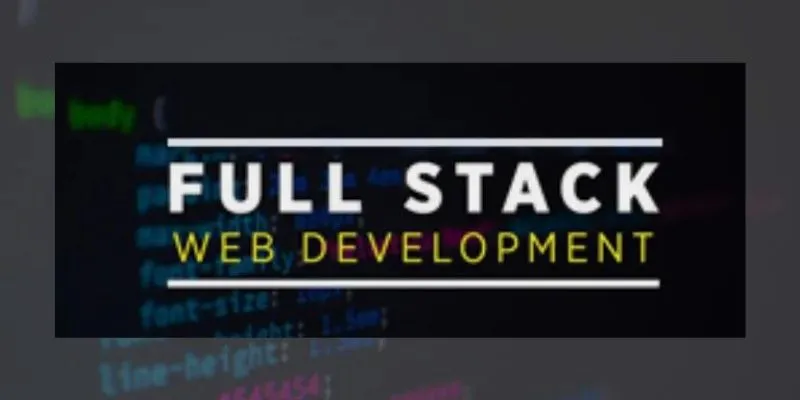
Architectural patterns play a crucial role in organizing code, enhancing scalability, and improving maintainability in full-stack development, making them essential concepts for individuals undertaking a Full Stack Developer Course in Chennai. By understanding different architectural patterns, developers can make informed decisions about how to structure their applications. In this blog post, we’ll explore some common architectural patterns in full-stack development.
Architectural Patterns in Full-Stack
1. MVC (Model-View-Controller)
- MVC is one of the most widely used architectural patterns in full-stack development.
- Model represents the data and business logic, View handles the presentation layer, and Controller manages the user interaction.
- The division of concerns enhances the readability, maintainability, and testability of the code.
2. MVVM (Model-View-ViewModel)
- MVVM is similar to MVC but introduces ViewModel, which acts as an intermediary between View and Model.
- ViewModel exposes data and operations to the View, abstracting the business logic from the presentation layer.
- MVVM is popular in frontend frameworks like Angular and Knockout.js.
3. Microservices Architecture
- Microservices architecture decomposes applications into small, independent services that can be developed, deployed, and scaled independently.
- Every service is dedicated to a particular business function and interacts with other services via APIs.
- Microservices offer benefits such as flexibility, scalability, and fault isolation, making them significant components for those enrolled in a Full Stack Developer Online Course at FITA Academy. However, it’s crucial to note that they require careful orchestration and monitoring to ensure optimal performance and reliability.
4. Serverless Architecture
- Serverless architecture abstracts away infrastructure management, allowing developers to focus on writing code.
- Functions as a Service (FaaS) platforms like AWS Lambda and Azure Functions execute code in response to events.
- Serverless architectures are highly scalable, cost-effective, and suitable for event-driven applications.
5. RESTful API Design
- REST, or Representational State Transfer, constitutes an architectural approach for crafting networked applications.
- RESTful APIs follow principles like statelessness, a uniform interface, and interactions based on resources.
- RESTful APIs promote interoperability, scalability, and simplicity in full-stack development.
6. Single Page Application (SPA)
- SPAs load a single HTML page and dynamically update content using JavaScript.
- Frameworks like React, Angular, and Vue.js facilitate building interactive SPAs.
- SPAs offer a smooth user experience, reduce server load, and simplify frontend-backend communication.
Architectural patterns are essential for designing robust, scalable, and maintainable full-stack applications, making them fundamental concepts for individuals enrolled in a Full Stack Developer Course in Bangalore. Whether you’re building a traditional MVC application or exploring modern architectures like microservices and serverless, choosing the right architectural pattern depends on factors such as project requirements, scalability needs, and development team expertise. By understanding and applying architectural patterns effectively, developers can create efficient and reliable full-stack applications that meet the demands of today’s dynamic software landscape.
Also Check: Full Stack Developer Skills, Roles and Responsibilitie
